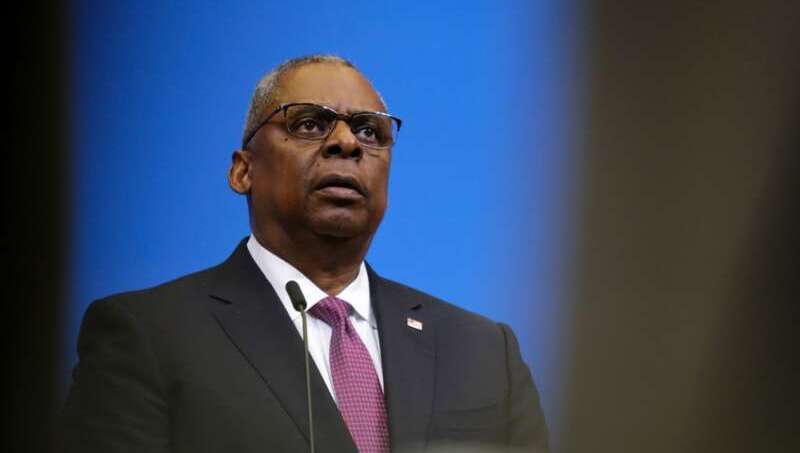
The Department of Defense (DoD) announced that the second focus area for its Replicator initiative will be focused on countering threats posed by small drones – also known as uncrewed aerial systems (C-sUAS) – to U.S. military installations.
In a Sept. 27 memo made public on Monday, Defense Secretary Lloyd Austin detailed the “Replicator 2” initiative, saying that the decision to focus on small drones comes after months of the DoD assessing capability gaps.
“I am confident the Replicator Initiative will complement and advance the significant C-sUAS work already underway in the DoD,” Austin wrote. “The expectation is that Replicator 2 will assist with overcoming challenges we face in the areas of production capacity, technology innovation, authorities, policies, open system architecture and system integration, and force structure.”
The Replicator initiative – which is overseen by the Defense Innovation Unit (DIU) – aims to field thousands of innovative systems across multiple domains and into the hands of warfighters by August 2025.
Austin said he has directed Deputy Defense Secretary Kathleen Hicks and Vice Chairman of the Joint Chiefs of Staff Adm. Christopher Grady to oversee the development of a Replicator 2 plan. According to the memo, this plan will be proposed to Congress in the fiscal year (FY) 2026 president’s budget request.
The DoD announced in May that it secured $500 million for the first tranche of capabilities for its Replicator initiative.
The first tranche of Replicator capabilities includes uncrewed surface vehicles, uncrewed aerial systems, and counter-uncrewed aerial systems of various sizes and payloads from several traditional and non-traditional vendors.
As of last month, Hicks said over 550 hardware and software companies sent submissions to Replicator-related commercial solutions openings (CSOs).
Austin said that Replicator 1’s work “helped ignite our efforts to scale autonomous systems across the force more generally.” He also noted the DoD is on track to meet its initial fielding goal of August 2025.
While Austin did not provide a concrete fielding goal for the second tranche of capabilities, he did say, “My expectation is that Replicator 2 will deliver meaningfully improved C-sUAS protection to critical assets within 24 months of Congress approving funding.”
Additionally, Austin noted that DIU Director Doug Beck will serve as “the Office of Primary Responsibility for Replicator 2,” working in collaboration with Pentagon Under Secretary of Defense for Acquisition and Sustainment William LaPlante, who also serves as the department’s C-sUAS principal staff assistant.
“The military departments are largely responsible for the development, production, and fielding of capabilities related to the Replicator 2 effort,” Austin wrote. “The Replicator 2 Initiative will leverage the work of the Counter Uncrewed Systems Warfighter Senior Integration Group, and collaborate closely with other ongoing efforts.”
“I look forward to working with Congress to advance the warfighting imperative of force protection through Replicator 2,” he concluded.
